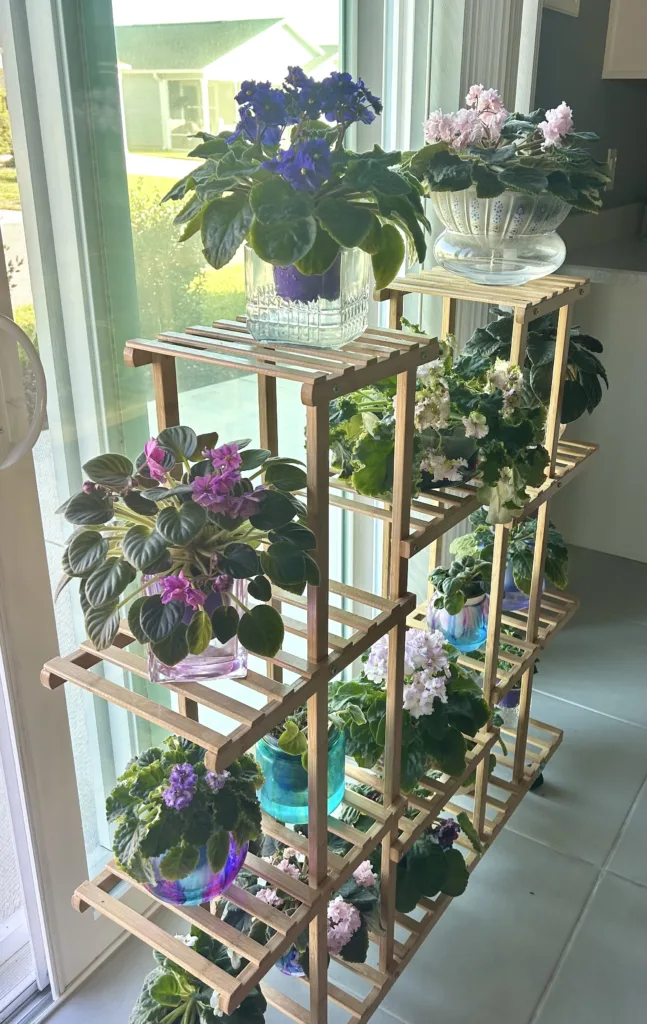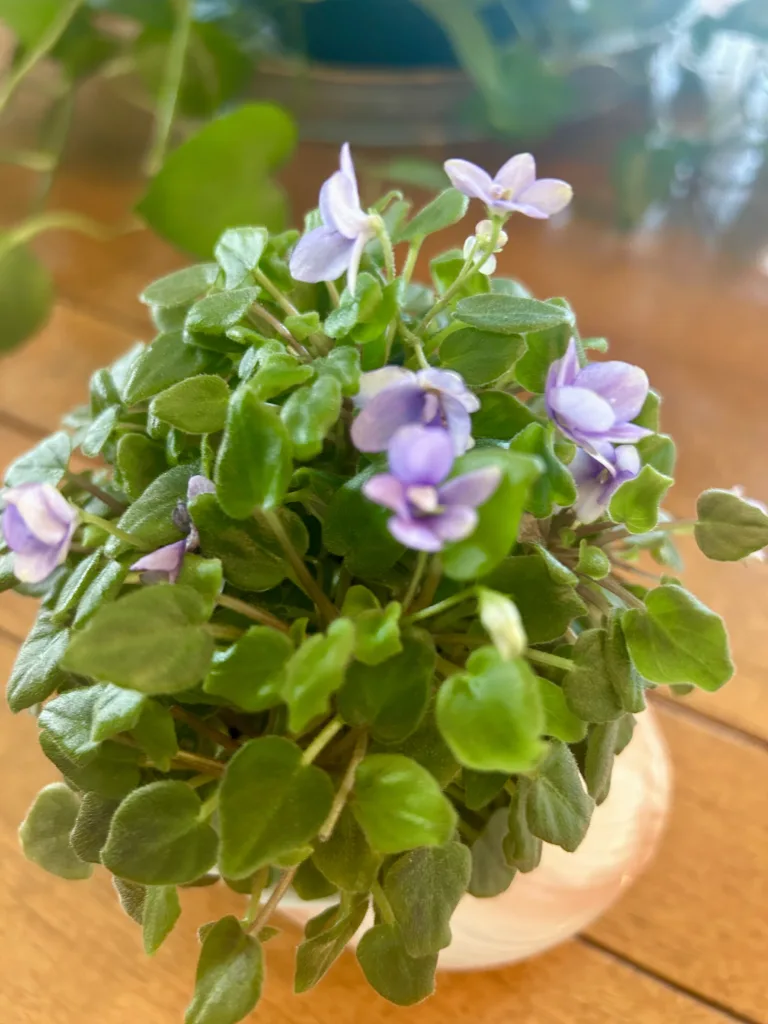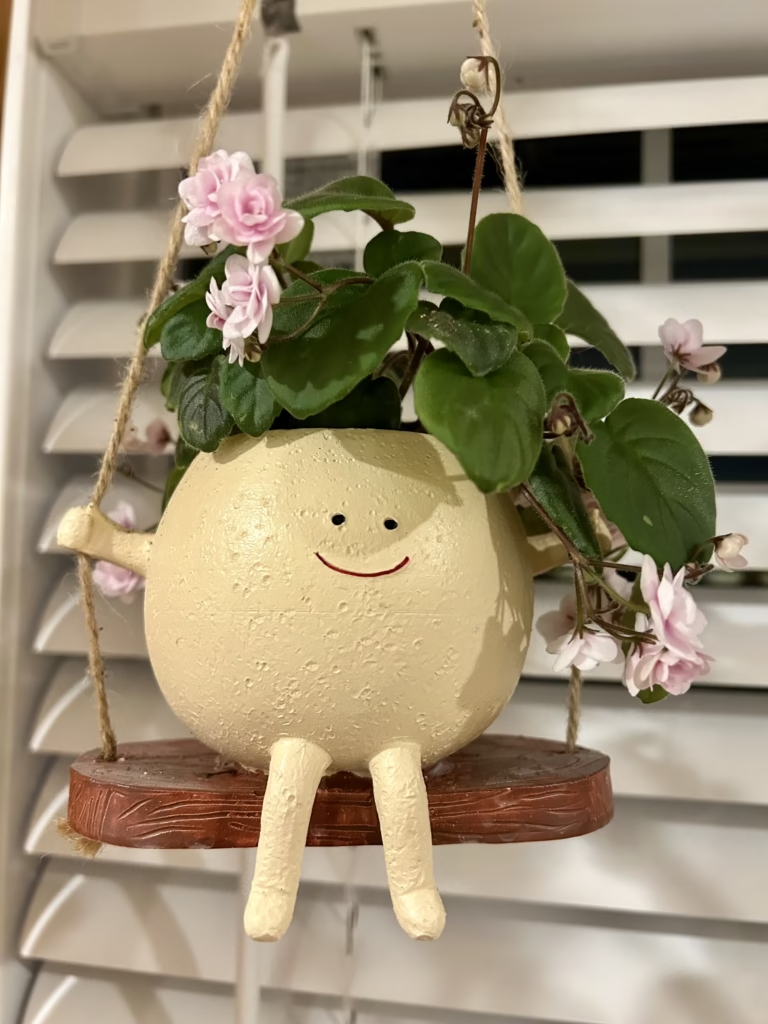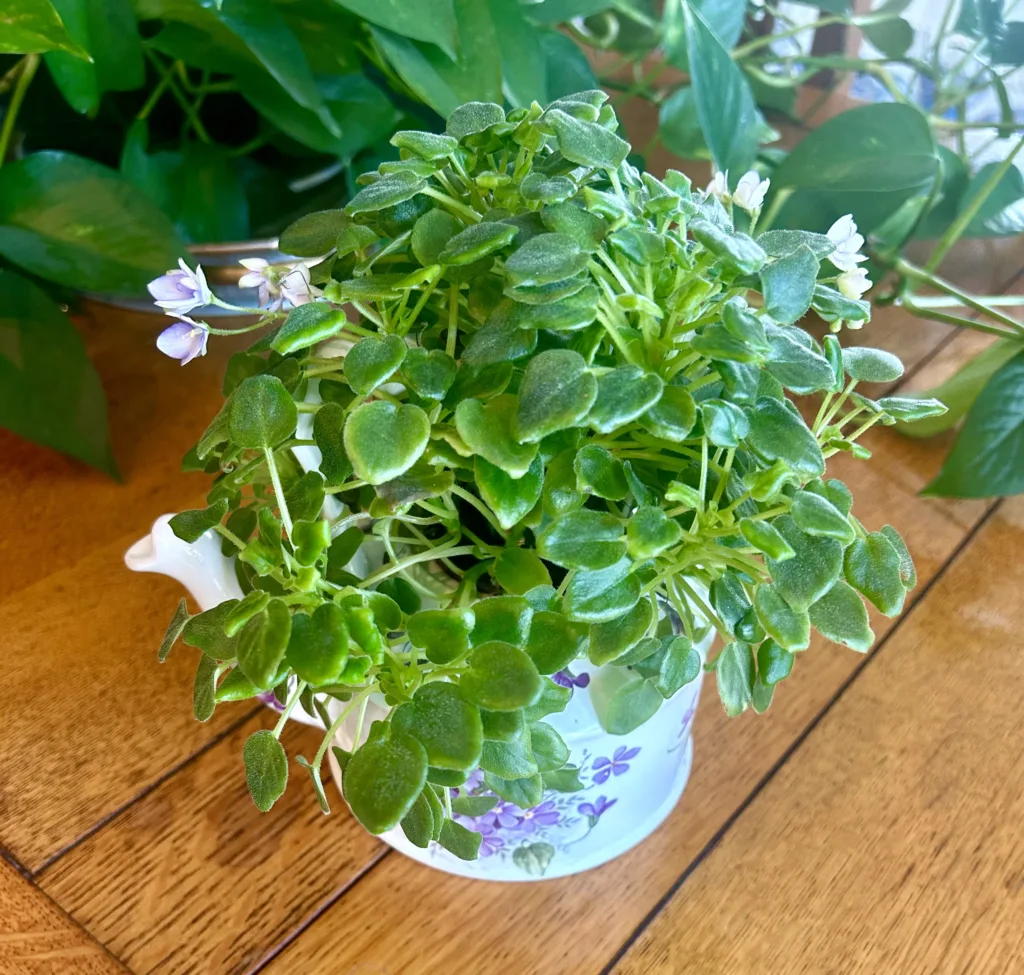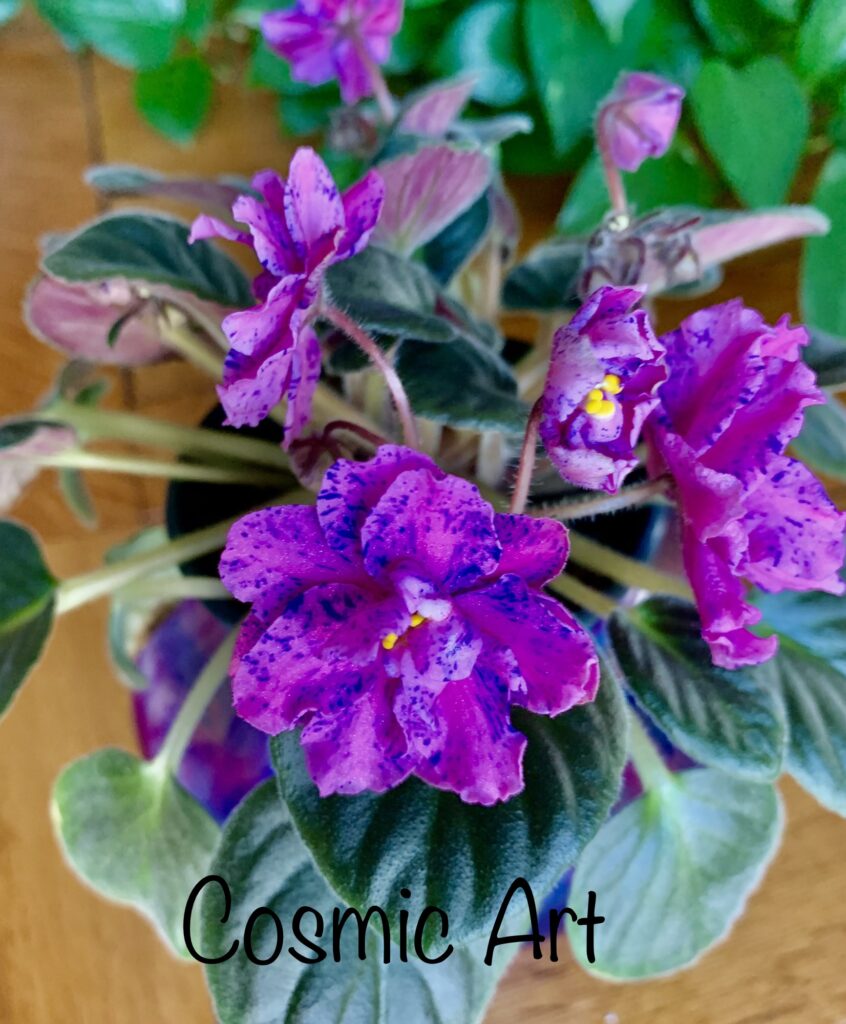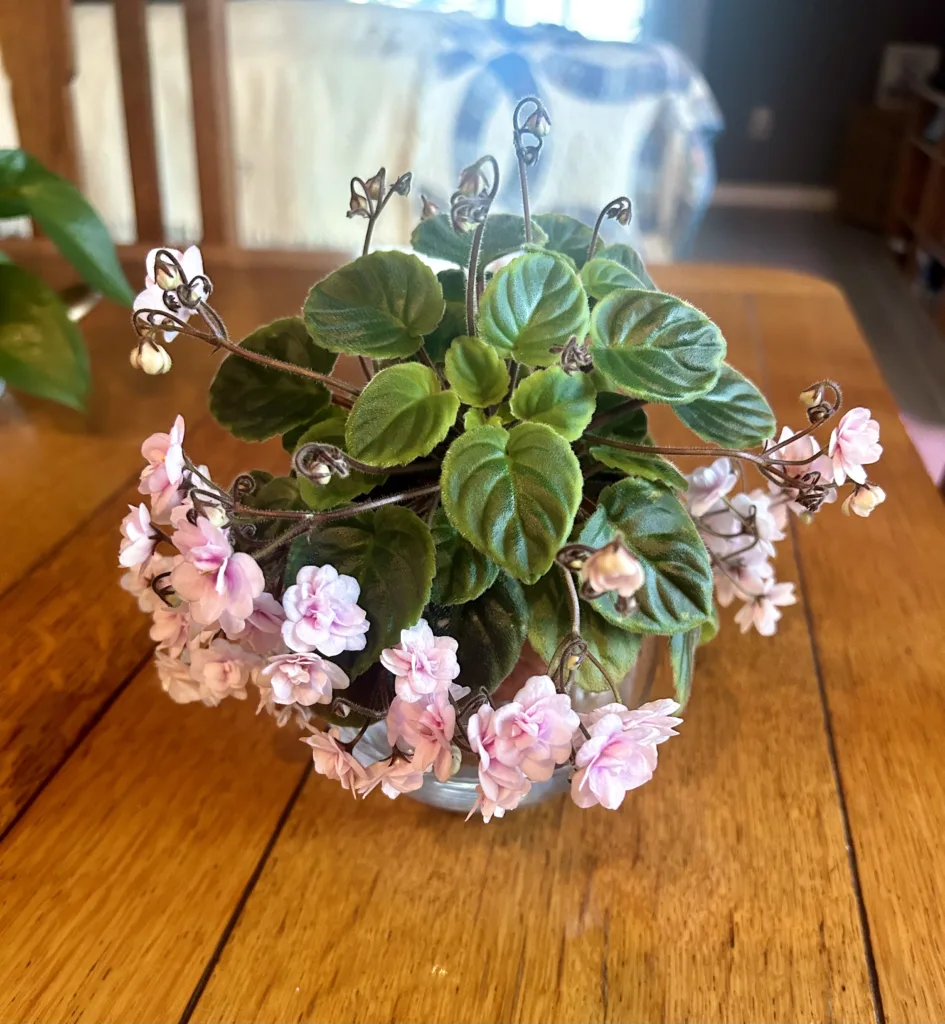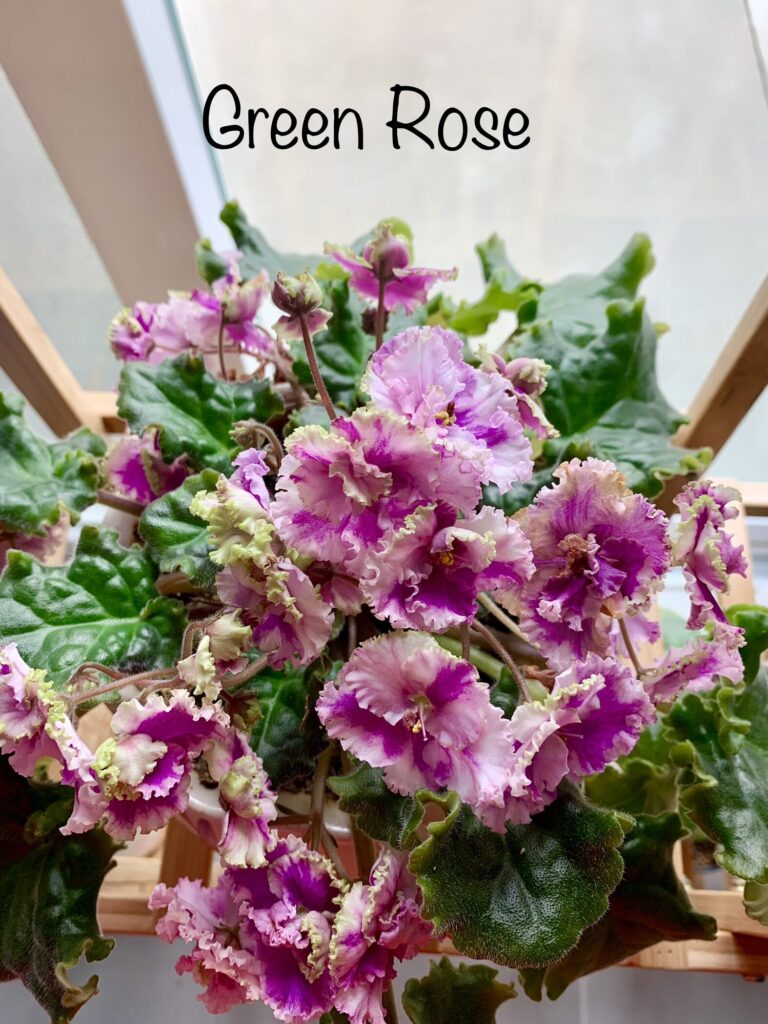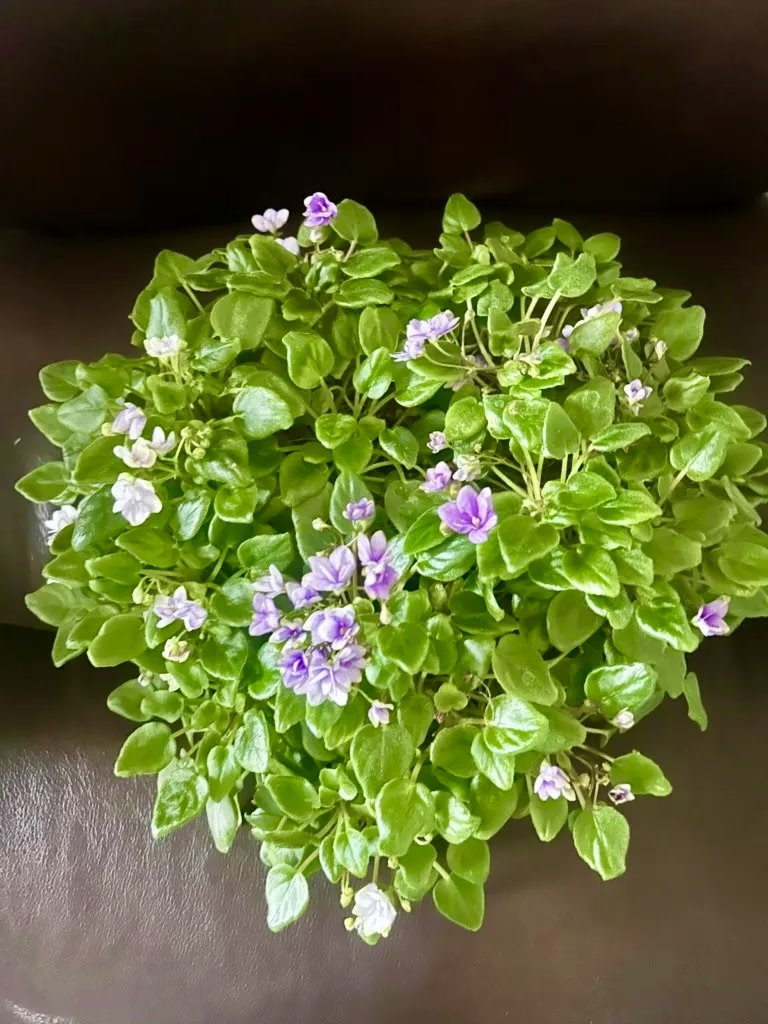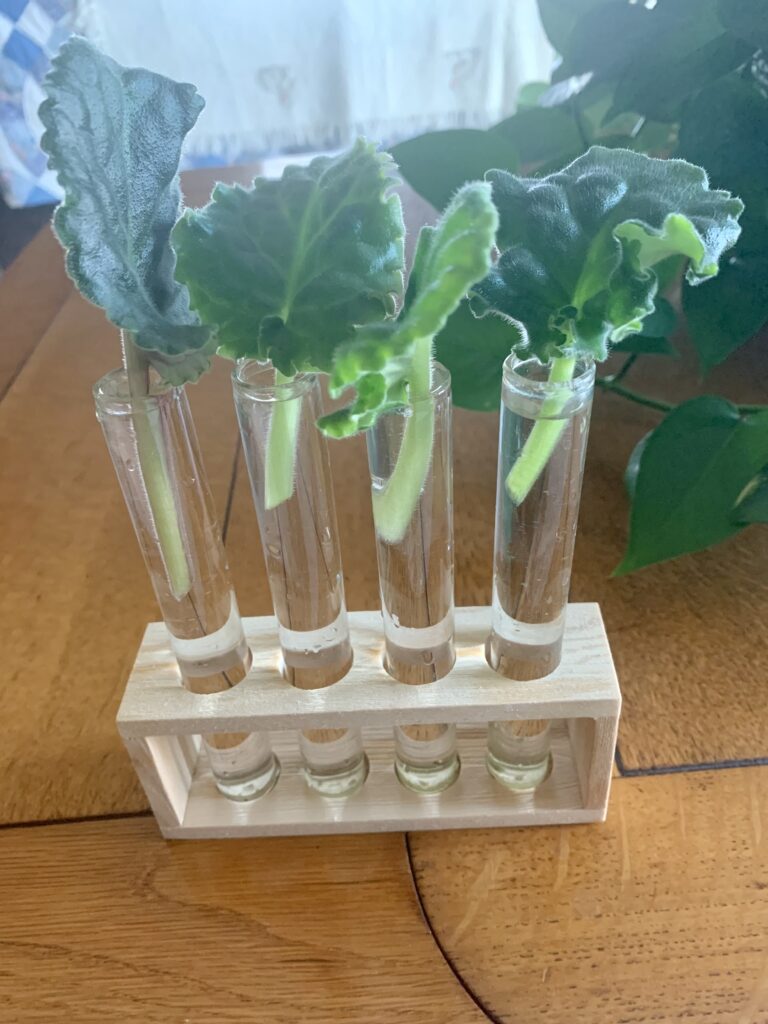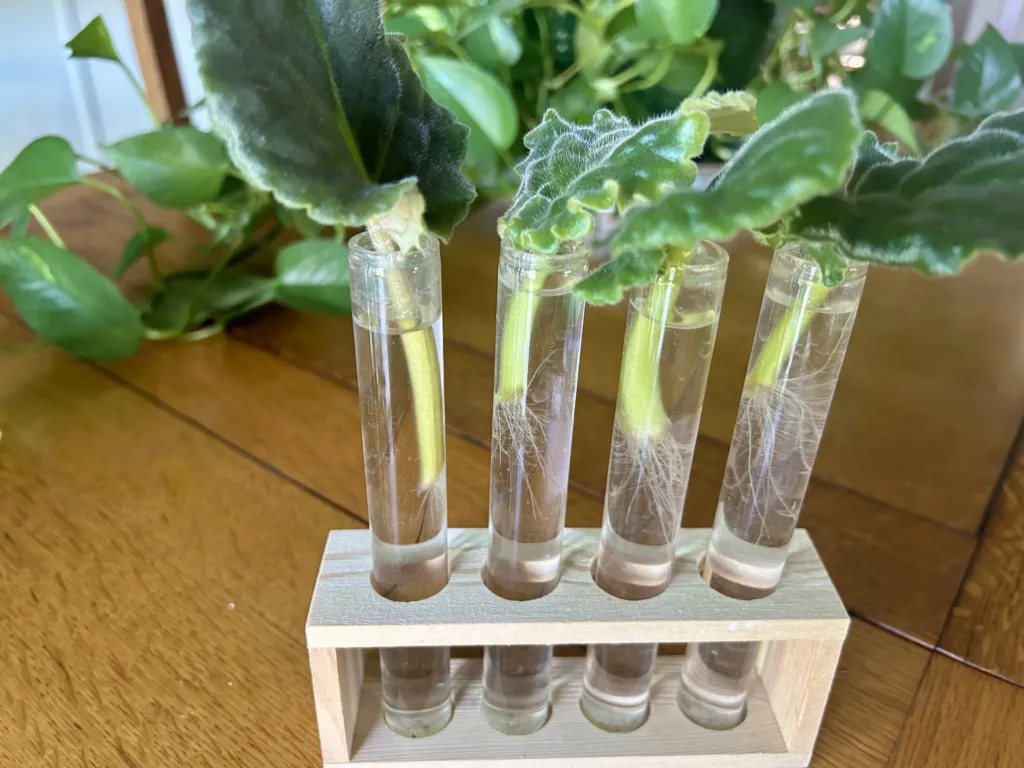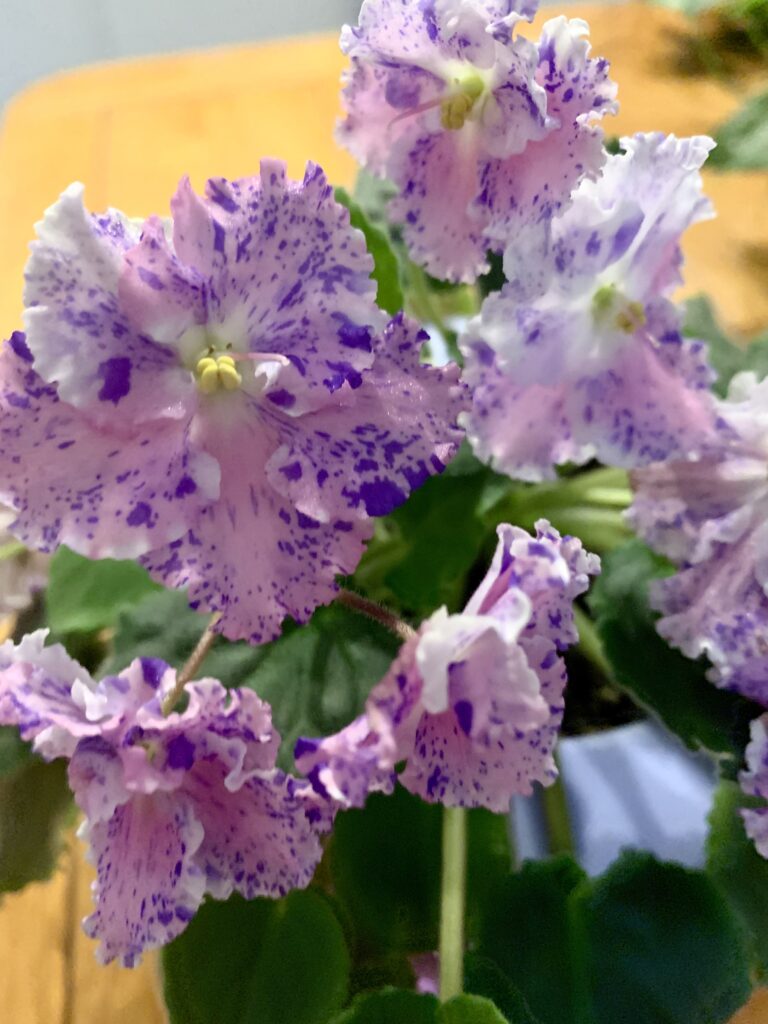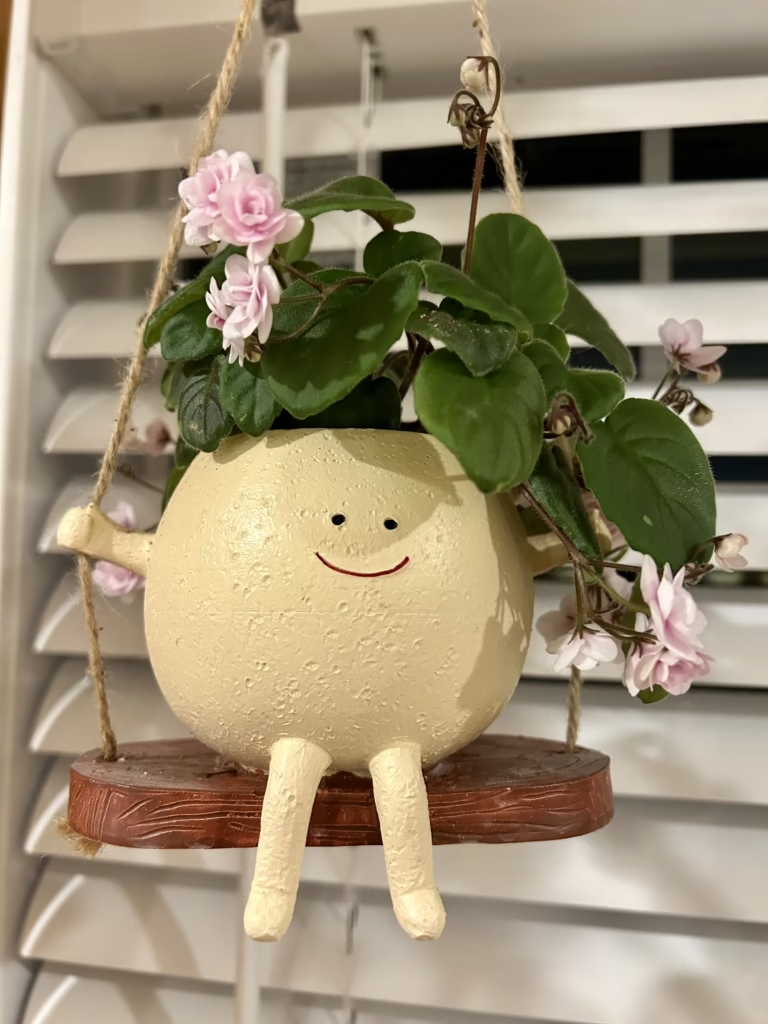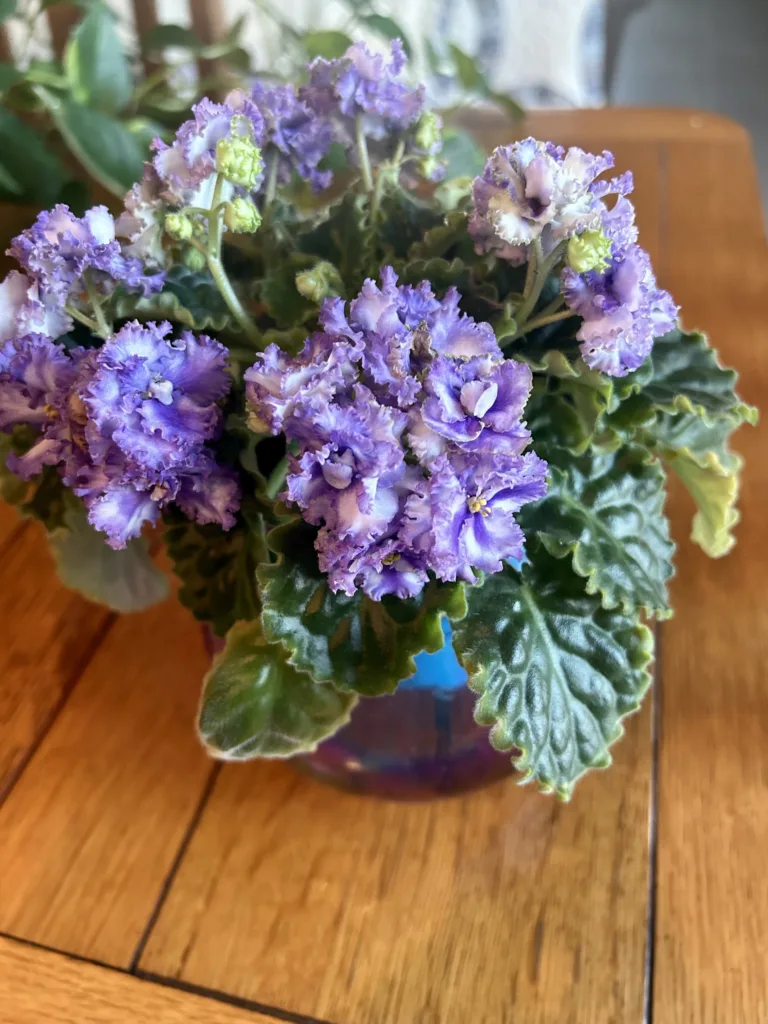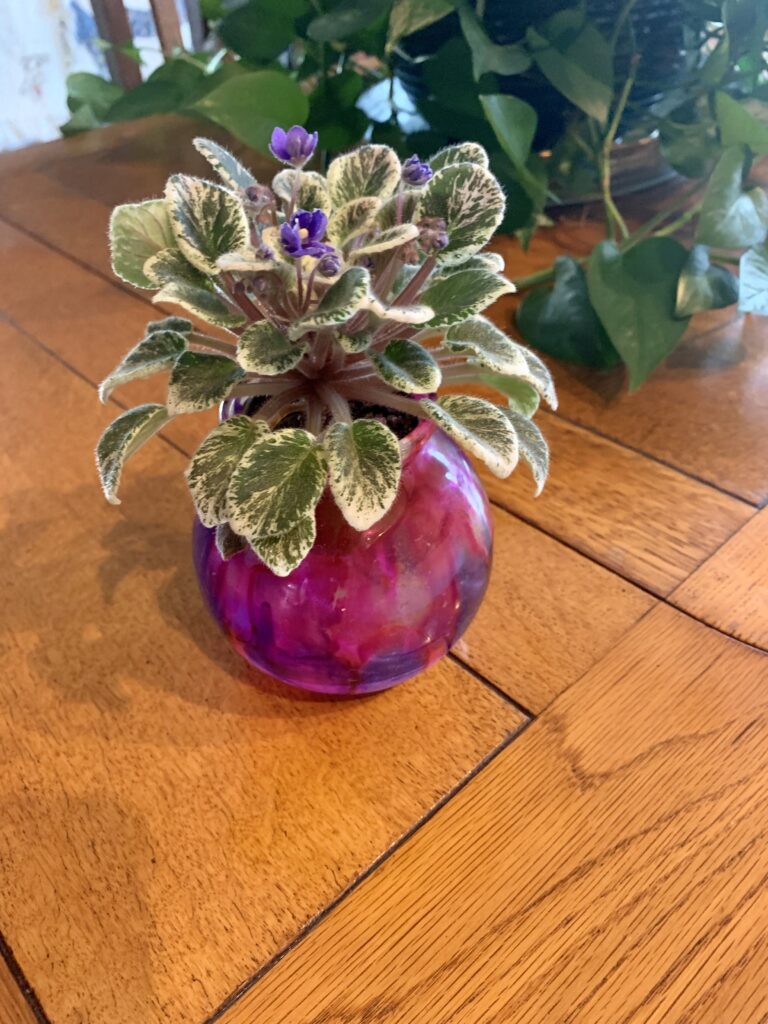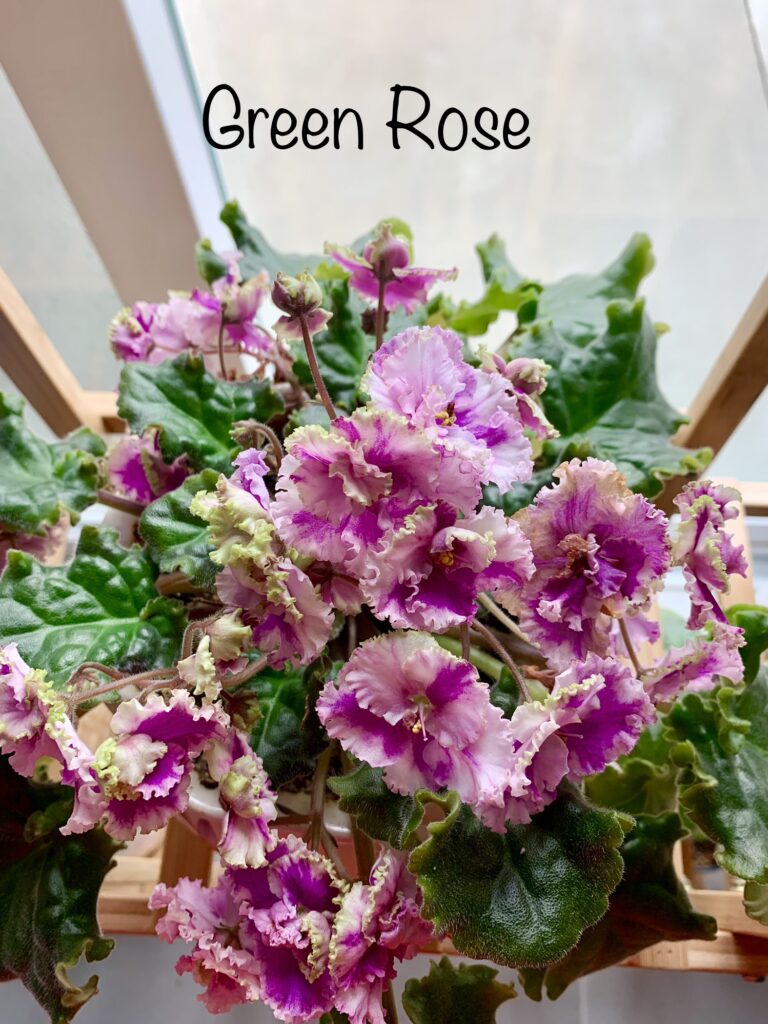
African violets are one of the most beloved indoor plants, admired for their velvety leaves and colorful, long-lasting blooms. Many plant lovers wonder if they can keep African violets blooming all year. The answer is yes—under the right conditions, you can enjoy flowers nearly every month. The key is creating a stable indoor environment and following a consistent care routine.
How Often Do African Violets Bloom?
Unlike many plants with a short blooming season, African violets can flower several times a year. Each bloom cycle usually lasts four to six weeks, followed by a brief rest period. This rest allows the plant to store energy for its next flush of blooms.
When grown indoors with the proper light, temperature, and feeding schedule, African violets can shorten this rest period, making them appear to bloom nonstop. Experienced growers often see buds forming within weeks of the last flowers fading.
Light Is the Key to Year-Round Blooms
African violets need bright, indirect light to keep producing flowers. They thrive with 12 to 14 hours of light per day, but too much direct sun can scorch the leaves. A north or east-facing window is ideal, as it gives gentle morning light without the intensity of afternoon rays.
If your space doesn’t get enough natural light, use fluorescent or LED grow lights. Keep the grow lights about 12 inches above the plants and set them on a timer to maintain a consistent schedule. By ensuring steady light exposure, you give the plant the signal to keep producing buds all year.
Keep Temperatures Stable
African violets prefer temperatures between 65°F and 75°F. They don’t like sudden temperature changes, so keep them away from heating vents, cold drafts, or air conditioning units. A small nighttime drop in temperature is fine, but anything below 60°F or above 80°F can cause stress and halt blooming.
Stable, comfortable temperatures help the plant focus on bud production instead of recovery from environmental stress.
Watering Methods for African Violets
Watering is one of the most important factors in getting African violets to bloom all year. The goal is to keep the soil evenly moist without making it soggy. African violets are sensitive to both overwatering and underwatering, so choose a method that works best for your routine.
Bottom Watering
Bottom watering is the most common and safest method for African violets. Place the pot in a shallow dish of room-temperature water for about 15–20 minutes, allowing moisture to soak up through the drainage holes. Then, remove the pot and let it drain thoroughly before placing it back in its saucer. This method keeps water off the leaves and crown, reducing the risk of rot.
Wick Watering
Wick watering provides a steady supply of moisture to the plant’s roots. This is my preferred way of watering my AVs. A piece of cotton or nylon wick runs from the bottom of the pot into a water reservoir. Although I find acrylic yarn divided into 2 strands each works best for my wicks. The wick draws up water as needed, keeping the soil consistently moist. Wick watering is helpful if you have many African violets or tend to forget watering schedules. It also prevents sudden drying out that can stop blooming.
Top Watering
Top watering works if you are careful to avoid getting water on the leaves or crown. Use a small-spouted watering can to pour water directly onto the soil surface until it drains out the bottom. After watering, empty any standing water from the saucer to prevent root rot.
No matter which method you choose, always use room-temperature water. Cold water can shock the roots, while hot water can damage them.
Fertilizing With African Violet-Specific Formula
Blooming year-round requires a steady supply of nutrients. African violets respond best to fertilizers made specifically for them. These fertilizers usually have a balanced ratio like 14-12-14, with slightly more phosphorus to encourage flowering. I love Schultz African Violet fertilizer and have used it for used with beautiful foliage and consistent blooms.
Feed every two weeks during active growth using a water-soluble African violet fertilizer. For wick watering systems, use a diluted fertilizer every time you refill the reservoir. Avoid overfeeding, as excess salts can build up in the soil and harm the roots. To prevent salt buildup, flush the soil with plain water every two to three months.
Grooming to Keep Blooms Coming
Deadheading, or removing faded flowers, helps African violets bloom longer. Once a flower starts to fade, pinch it off along with its stem. This stops the plant from putting energy into old blooms and encourages new buds to form.
Also remove yellow, damaged, or overcrowded leaves. Grooming keeps the plant tidy, allows better air circulation, and ensures light reaches the center where new buds develop.
Repotting for Continued Flowering
African violets benefit from repotting once a year. Over time, soil becomes compacted and loses nutrients. Fresh, light soil helps roots breathe and grow, which supports continuous blooming.
When repotting, choose a pot that is no more than one-third the diameter of the leaf spread. African violets bloom best when slightly root-bound. Use a soil mix made specifically for African violets, usually containing peat moss, perlite, and vermiculite for excellent drainage.
Repotting also helps prevent diseases and gives your plant a growth boost that often triggers new blooms.
Maintain Ideal Humidity
African violets prefer moderate humidity between 40% and 60%. If your home’s air is too dry, especially in winter, blooms may not last as long. Increase humidity by placing a shallow tray of water near your plants, grouping them together, or using a small humidifier. This hygrometer is perfect for monitoring your humidity levels.
Avoid misting the leaves directly, as this can cause spotting and increase the risk of fungal problems.
How to Encourage Year-Round Blooms
To keep African violets blooming through all seasons, consistency is key. Follow this care checklist:
- Provide 12–14 hours of bright, indirect light daily.
- Keep temperatures between 65°F and 75°F.
- Choose a watering method—bottom, wick, or careful top watering—and be consistent.
- Use African violet-specific fertilizer every two weeks or at a diluted rate for wick watering.
- Deadhead old flowers and remove damaged leaves.
- Repot once a year in fresh African violet soil.
- Maintain 40–60% humidity.
By following these steps, you can reduce the natural rest periods between bloom cycles and enjoy flowers almost year-round.
Troubleshooting Blooming Problems
If your African violet stops blooming, check its care conditions. Insufficient light, inconsistent watering, low humidity, or lack of nutrients are the most common reasons.
Pests like thrips, mealybugs, or spider mites can also damage buds and flowers. Inspect your plants regularly and treat any infestations promptly with insecticidal soap or neem oil.
Sometimes, simply moving the plant to a brighter location or refreshing the soil is enough to restart flowering.
For all my post on African Violets just click here.
Final Thoughts
African violets can bloom nearly all year when given the right environment and care. By mastering light, temperature, watering methods, and nutrition, you can enjoy their colorful flowers in every season. Choosing a watering style that suits your routine—whether bottom watering, wick watering, or careful top watering—ensures consistent moisture, which is essential for blooming.
Pair that with African violet-specific fertilizer, regular grooming, and occasional repotting, and you’ll have a plant that rewards you with beauty month after month.
Please be sure to check out my Gardening Blog Post Page for more tips on all types of gardening. Including Seed Saving, Seed Starting, Orchids, Water Gardening, Coldframe Gardening, Indoor Bulb Gardening, Hydroponics, Container Gardening, Mums, Herbs, African Violets, planting Bulbs, Flower Gardening, Vegetable and Fruit Gardening, Indoor Houseplants of all kinds, Bonsai, Cactus, Succulents, Hanging plants, Deer resistant plants and even Bird, Bee, Butterfly and Hummingbird Gardens!
